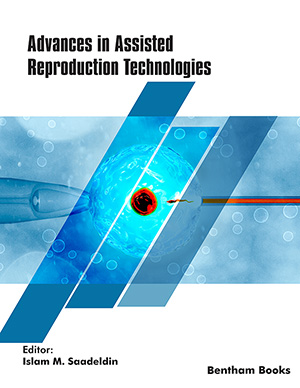Abstract
Background: Diabetic foot ulcers (DFUs) exhibit 80% of prevalence in Mexico. Efficient tissue regeneration therapies are the key factors to avoid amputations.
Objective: In this study, the healing properties of a Cu/TiO2-SiO2 nanobiocatalyst applied in DFUs were analyzed. Furthermore, the morphology and crystalline structures were characterized.
Methods: The nanobiocatalyst was synthesized by a sol-gel patented method proposed by López et al. The compound was characterized by scanning and transmission electron microscopies and Xray diffraction. The nanoparticles were embedded in a polymeric gel matrix (nanogel), which was utilized as a conservative therapy for chronic non-healing DFU in 8 patients with several comorbidities and chronic complications of diabetes. Wound debridement was performed prior to the nanogel administration. The nanogel was applied over the ulcers on alternate days for different periods of time, depending on the case.
Results: Significant improvement in terms of enhanced epithelialization was observed in the wound healing process after a few applications. Infection spread was limited, and tissue regeneration was enhanced, with significant healing of the ulcers observed in each case. Furthermore, the successful outcome allowed to avoid the amputations that were proposed to some of the patients.
Conclusion: The study proved the efficiency of the nanobiocatalyst as a safe, conservative therapy for chronic non-healing DFUs. Further investigation must be carried out to fully elucidate the wound-healing mechanisms of the nanoparticles.
Keywords: Nanobiocatalyst, diabetic foot ulcer, catalytic nanomedicine, Cu/TiO2-SiO2, nanobiomaterial, tissue regeneration, epithelialization.
[http://dx.doi.org/10.1016/S0212-6567(01)70425-8] [PMID: 11718644]
[http://dx.doi.org/10.19136/hs.a9n1.157]
[http://dx.doi.org/10.1016/j.jvs.2019.07.082] [PMID: 32040434]
[http://dx.doi.org/10.1016/j.jvir.2017.07.002] [PMID: 28811080]
[http://dx.doi.org/10.1016/j.ejmech.2019.04.075] [PMID: 31096120]
[http://dx.doi.org/10.1016/j.nano.2011.04.001] [PMID: 21601009]
[http://dx.doi.org/10.1021/nn400630x] [PMID: 23638642]
[http://dx.doi.org/10.1039/C9NR01554J] [PMID: 31038150]
[http://dx.doi.org/10.1016/j.tem.2020.02.001] [PMID: 32396845]
[http://dx.doi.org/10.2217/nnm-2018-0078] [PMID: 30277422]
[http://dx.doi.org/10.4172/2324-8777.1000227]
[http://dx.doi.org/10.1166/sam.2012.1322]
[http://dx.doi.org/10.1046/j.1524-475x.2000.00162.x] [PMID: 10886806]
[http://dx.doi.org/10.1016/S1067-2516(07)60001-5] [PMID: 17280936]
[http://dx.doi.org/10.2337/diacare.22.8.1354] [PMID: 10480782]
[http://dx.doi.org/10.35999/rdev.v1i1.19]
[http://dx.doi.org/10.4066/AMJ.2015.2422] [PMID: 26464584]
[http://dx.doi.org/10.1016/j.ejmech.2010.01.043] [PMID: 20153564]
[http://dx.doi.org/10.1016/j.dental.2017.06.010] [PMID: 28712739]
[http://dx.doi.org/10.1039/C8BM01528G] [PMID: 30869664]
[http://dx.doi.org/10.1080/1061186X.2017.1419358] [PMID: 29251522]
[http://dx.doi.org/10.1080/15583724.2019.1579226]
[http://dx.doi.org/10.1016/j.jdent.2015.02.012] [PMID: 25731156]
[http://dx.doi.org/10.1002/jbm.a.35453] [PMID: 25778285]
[http://dx.doi.org/10.1039/C6CS00636A] [PMID: 28585944]
[http://dx.doi.org/10.1046/j.1524-475X.1996.40207.x] [PMID: 17177815]
[http://dx.doi.org/10.2353/ajpath.2006.051251] [PMID: 16936280]
[http://dx.doi.org/10.3390/bioengineering5030051] [PMID: 29949930]
[http://dx.doi.org/10.2478/v10019-011-0037-0] [PMID: 22933961]
[http://dx.doi.org/10.3390/nano7090274] [PMID: 28914821]
[http://dx.doi.org/10.1016/j.msec.2016.11.129] [PMID: 28024634]
[http://dx.doi.org/10.2337/diacare.13.5.513] [PMID: 2351029]
 11
11

























